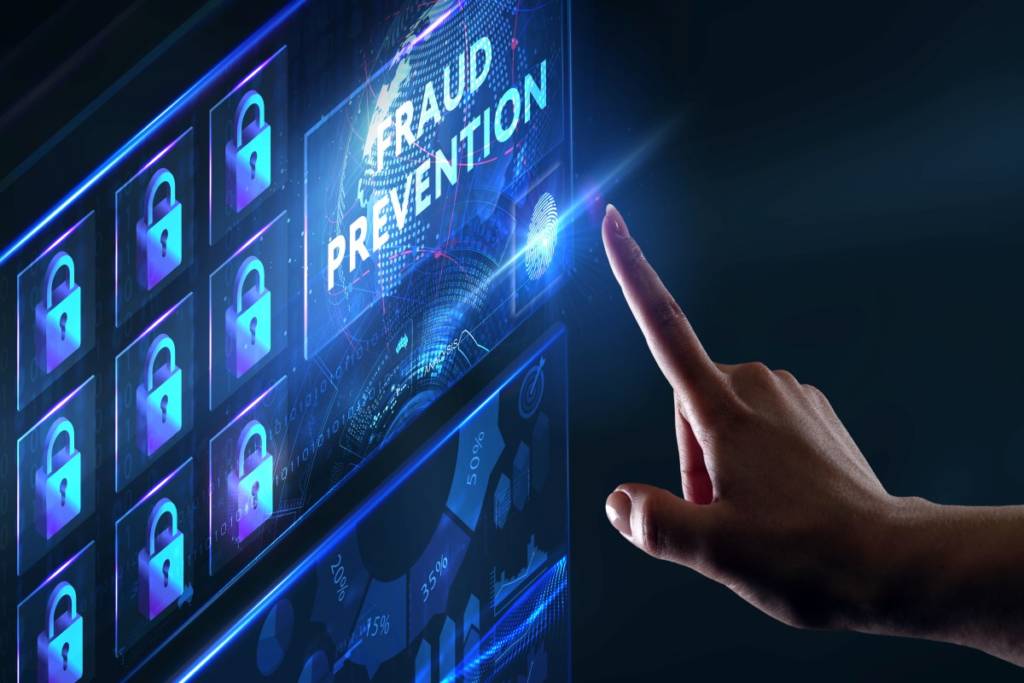Nidhi Alberti: What are the biggest fraud risks consumers must look out for during travel?
Seth Ruden: ATM and fuel pump skimming are the largest risks for travelers. In fact, it’s the most likely place one may experience fraud relative to the card’s payment data being stolen and counterfeited while on a brief holiday.
NA: I’ve certainly heard a lot about ATM skimming, but fuel pump skimming doesn’t come to mind immediately. Tell me more about that.
SR: Gas pumps are right now one of the best places to skim payment cards, as most are still primarily reliant on magnetic stripes (and will be until 2020) and are not ready for (EMV) chip-based transactions. We’ve certainly seen a dramatic increase in gas pump skimming in the last couple of years, and it isn’t expected to slow down until well after the EMV conversion is done. Considering this fact, the NYPD is developing a new tool called the “Skim Reaper” to detect if an ATM or a gas pump has been compromised, according to a recent story.
NA: That’s quite troublesome to hear. So, how are skimmers going about doing this?
SR: Skimmers are usually placed internally and integrated in the pump’s electrical system, accessed via the pump’s key and therefore frequently invisible to the customer.
NA: So, how would a consumer be able to protect themselves if they don’t know what to look for?
SR: I would urge all consumers to always look for anti-tampering stickers on every fuel pump terminal. It’s usually orange, yellow, green, red or another high visibility sticker that goes over the card acceptor panel gap across to the fuel pump’s body and provides evidence that the point of sale terminal has not been opened or manipulated. Most gas stations should have these by now, and if they don’t, they may be targeted for skimming.
NA: What should consumers do if they see a broken sticker?
SR: It’s a strong indicator that the pump may have a card skimmer attached to it! I would inform the gas station attendant about it immediately.
Consumers should also keep in mind that high-traffic gas pumps are desirable skimming sites, such as those close to the freeway. Typically, it’s the pump that is most accessible to the highest quantity of drivers. If you arrive at a pump, and there is no sticker evident, just walk into the store and pay at the cashier instead. That will mitigate the risk of skimming, typically. Gas stations are infrequently skimmed at the convenience store checkout.
NA: Wow. That’s good information for travelers out there. Any other tips you’d like to share?
SR: Yes, even though most consumers are aware of ATM skimming, it bears repetition. Covering your hand when entering your PIN with a free hand while using an ATM is smart behavior to convert into a habit. Of course, always contact your bank before traveling to have an alert placed on your account. In addition, I would bring two or more cards when traveling in case one of them gets blocked by your bank. Lastly, if your card gets jammed in an ATM and won’t be returned without intervention, don’t accept help from a stranger. Just contact your issuer and cancel the card immediately.
Finally, besides gas pump fraud, travelers must also keep a look out for increasing rental car fraud. According to recent industry data, Washington, D.C. is the most popular city for car rentals, followed by San Francisco and L.A. However, for car rental fraud attempts, Toronto, Chicago and Brooklyn are the cities of choice, all averaging a 5% fraud attempt rate by volume when the reservation was created via a mobile application.
NA: That’s interesting. How does rental car fraud happen, and what should consumers know about it?
SR: In most cases, fraudsters are using stolen identities to create driver’s licenses and applying for credit cards in the same name. They’re then not only renting cars, but likely running up charges in other ways, including fueling up the rented cars!
Identity theft is a serious problem and travelers must look for warning signs, such as unknown or strange charges on their bank account, and monitor their credit reports frequently. Consumers must be vigilant at all times when making digital payments of any kind. After all, their money is at stake.
Read more about how financial institutions can help mitigate fraud and ensure that consumers’ financial assets are safe in ‘The Fraud Trap: Optimizing Digital Payment Controls From Day One’ by ACI and Javelin Research & Strategy.



